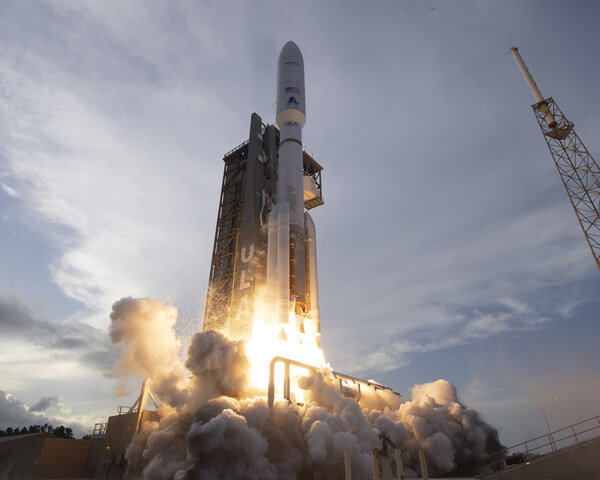
In a milestone for Amazon’s ambitious Project Kuiper initiative, a ULA Atlas V rocket carried 27 operational satellites into orbit on April 28. This launch represents the first full-scale deployment of the constellation, building upon the experience gained from a prior mission that deployed two prototype satellites. Those within the market are calling Kuiper a major rival to Starlink but what is Project Kuiper?
According to Amazon, Project Kuiper is an initiative to increase global broadband access through a constellation of more than 3,000 satellites in low Earth orbit. This will, in turn, give internet access to people that have unreliable connectivity. Amazon has bought swathes of launches from Arianespace, Blue Origin, SpaceX and ULA to launch this constellation.
There are similarities to Starlink. Amazon builds the Project Kuiper satellites in house, much like Starlink. Blue Origin (admittedly not Amazon but owned by Jeff Bezos), will launch some of the satellites on New Glenn which should translate to easy access to Space moving forward.
While both Amazon’s Project Kuiper and SpaceX’s Starlink aim to provide global broadband internet through Low Earth Orbit (LEO) satellite constellations, they differ significantly in their current stage of development and technological specifics. Starlink, having launched its first satellites in 2019, boasts a substantial lead with over 7,000 satellites currently in orbit, providing existing services to millions of customers worldwide. Their satellites utilize phased array antennas for high-bandwidth connectivity and optical inter-satellite links to create a global mesh network, reducing reliance on ground stations.
A key differentiator for Kuiper is its planned deep integration with Amazon Web Services (AWS), which could provide advantages for business and government clients needing edge computing and data processing capabilities. While Starlink currently leads in deployment and has established its technology, Kuiper leverages Amazon’s vast resources and infrastructure, presenting a strong potential competitor in the satellite internet market
Project Kuiper will add to the ever-growing number of satellites in Low Earth Orbit (LEO). China has their Thousand Sails and Guowang networks launching (albeit at a lower rate) now and Russia has expressed desire to have a similar system. It remains to be seen how quickly these newcomers to the LEO market can launch and become true rivals to SpaceX.
Carter Palmer has long held a keen interest in military matters and aviation. As a FI's space systems analyst he is responsible for updating the reports and analyses within the Space Systems Forecast – Launch Vehicles & Manned Platforms and Space Systems Forecast – Satellites & Spacecraft products.




